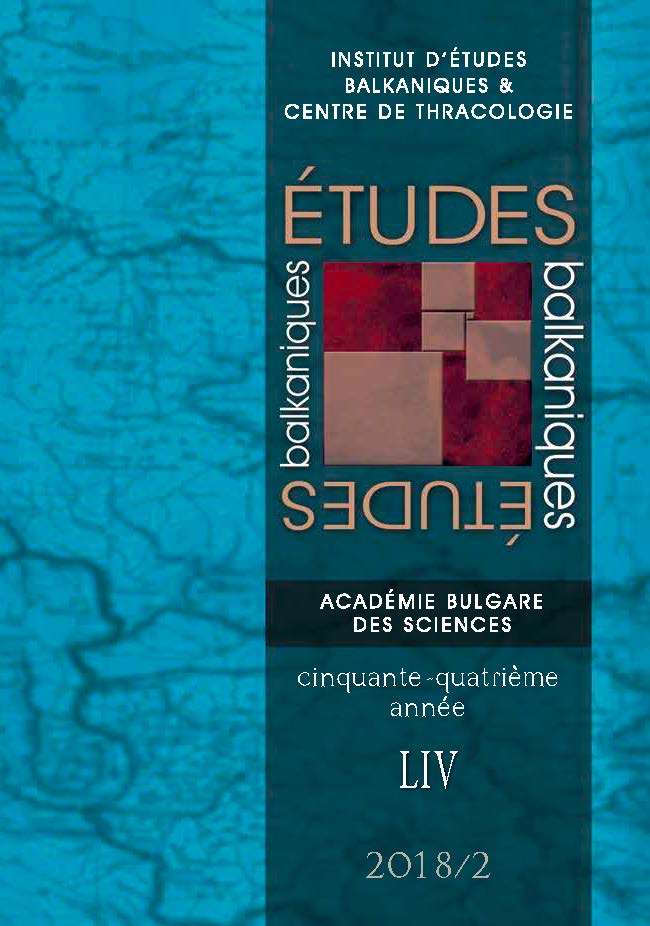LA CORNEMUSE BULGARE GAIDA ET L’IMAGE DE LA BULGARIE AUX TROIS EXPOSITIONS INTERNATIONALES À LA FIN DU XIXe SIÈCLE
The Bulgarian Bagpipe Gaida and the Image of Bulgaria at Three International Fairs in the End of the XIXth Century
Author(s): Svetlina DenovaSubject(s): Anthropology, Social Sciences, Fine Arts / Performing Arts, Customs / Folklore, Music, Cultural Anthropology / Ethnology
Published by: Институт за балканистика с Център по тракология - Българска академия на науките
Keywords: Fair; Nation; Identity; Music; Bagpipe;
Summary/Abstract: The article examines how Bulgaria presents itself at three international fairs in the end of the XIX century by the means of a single music instrument – the Bulgarian bagpipe “gaida”. At the first Bulgarian fair of agriculture and manufacture in Plovdiv (1892), the bagpipe symbolizes only the traditional Bulgarian music and dance. One year later, at the second fair, discussed here, the so-called Chicago Fair (1893), Bulgarian bagpipe is already one of the specific Bulgarian symbols. At Paris Universal Exposition (1900), Bulgarian bagpiper is a “type” – an artistically elaborated subject that presents Bulgaria as a modern country that tries to preserve its identity by respecting in a great extent its traditions. The text proposes a hypothesis why Bulgarian bagpipe has such a significant place in the way Bulgarians imagine themselves as such.
Journal: Études balkaniques
- Issue Year: 2018
- Issue No: 2
- Page Range: 169-204
- Page Count: 36
- Language: French
- Content File-PDF

